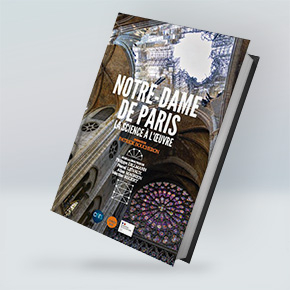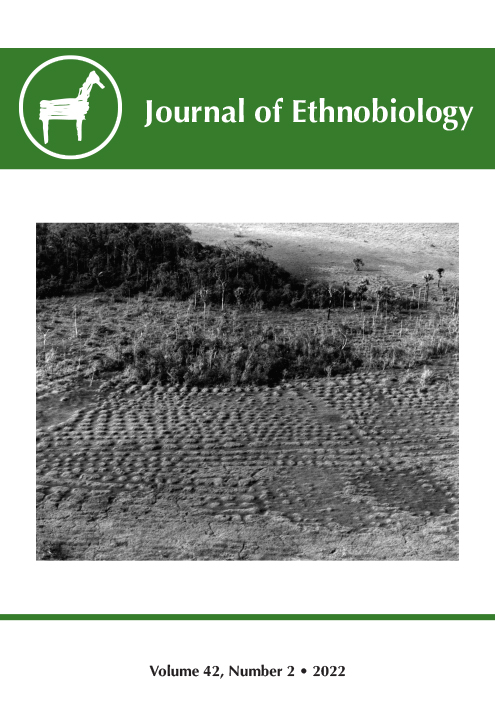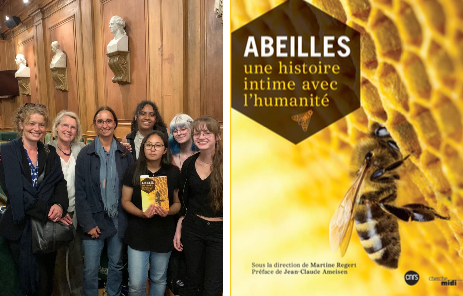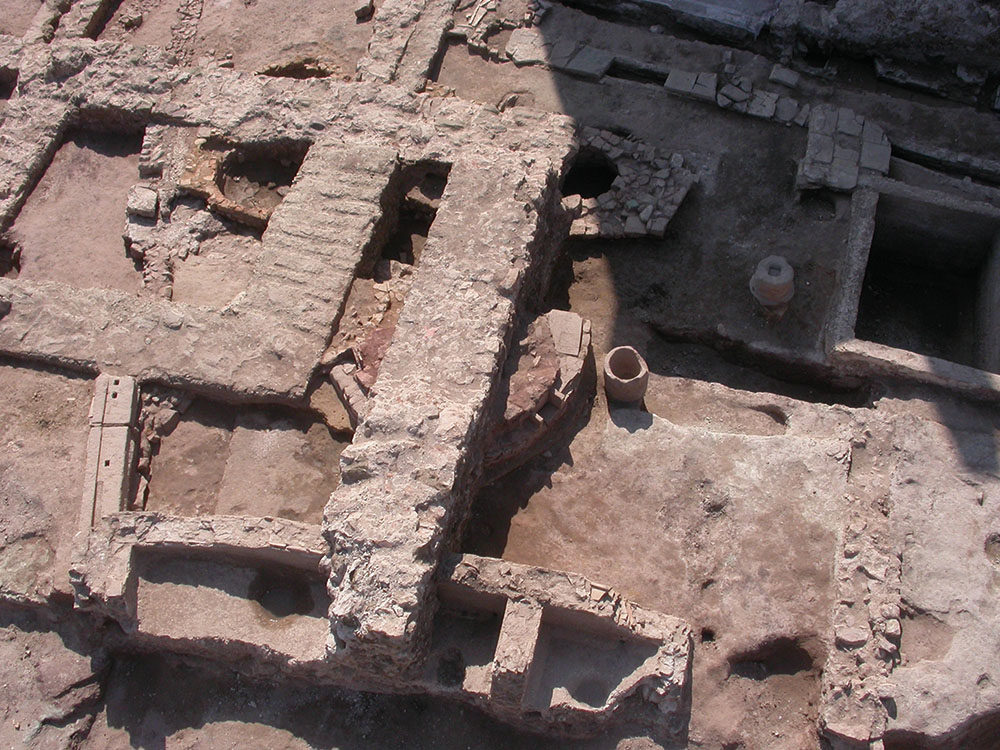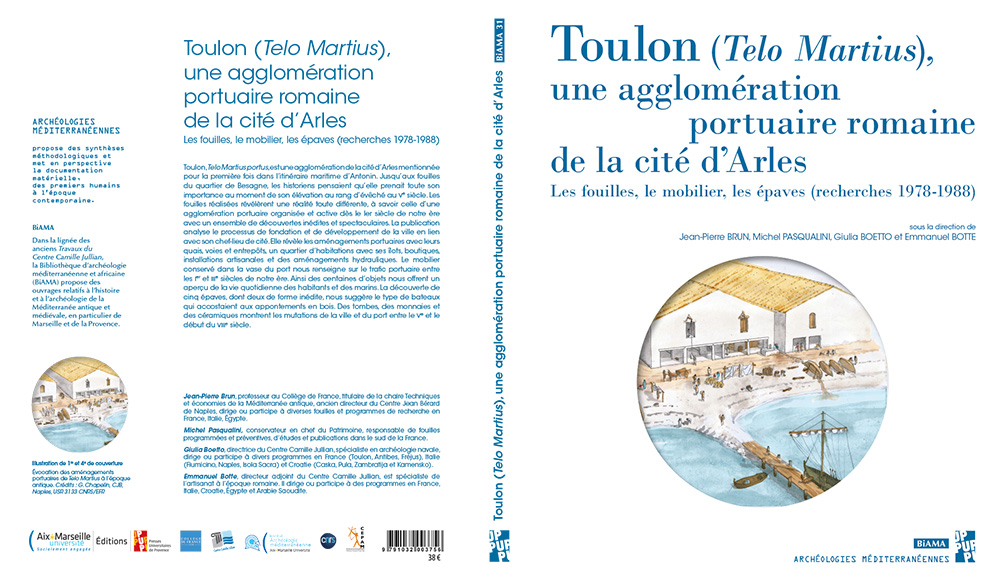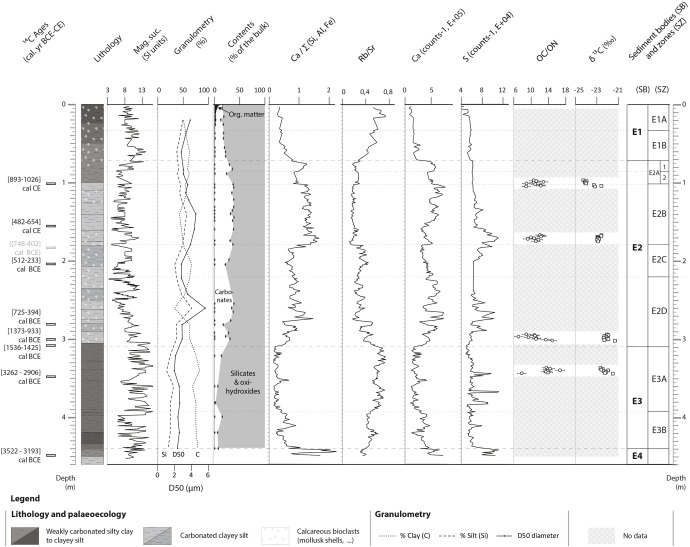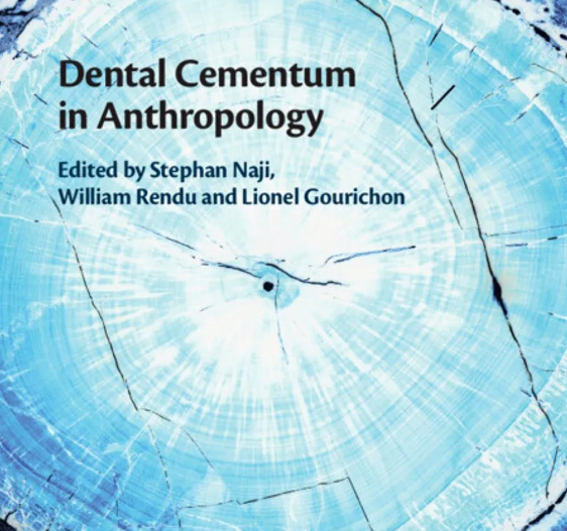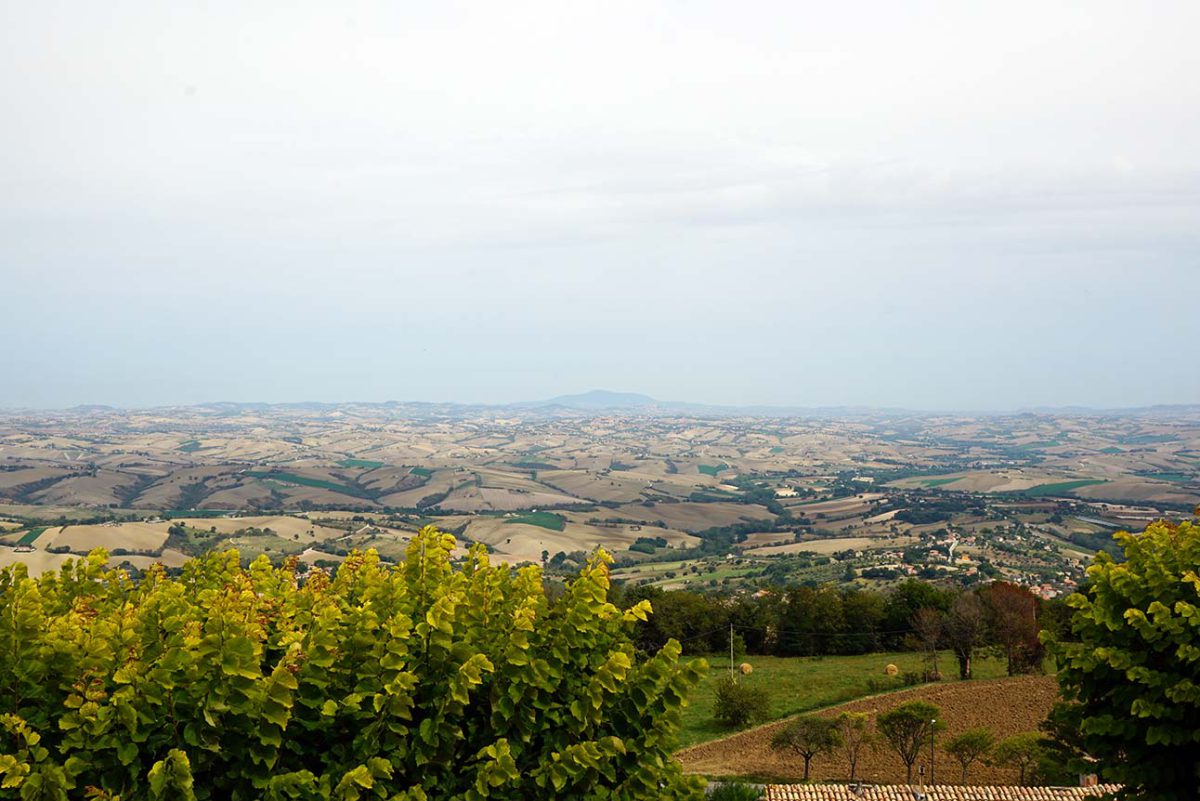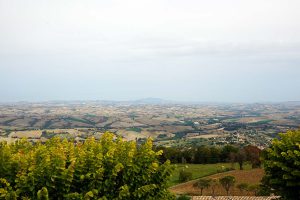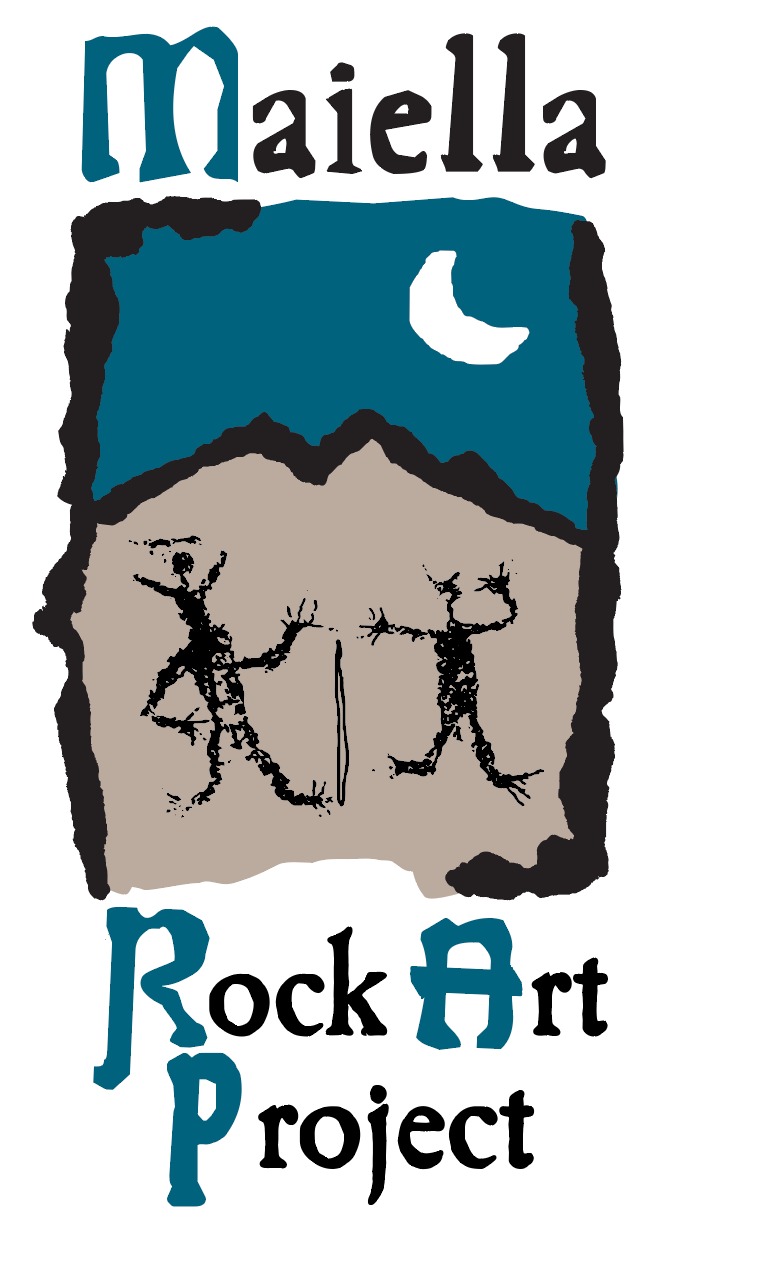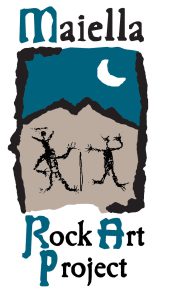Communiqué de presse du CNRS
Au lendemain de l’incendie du 15 avril 2019, la mobilisation succède instantanément à l’émotion. Une formidable aventure scientifique démarre alors lorsque le CNRS et le Ministère de la culture lancent un chantier scientifique. Son objectif : recueillir un maximum de données sur les centaines de tonnes de matériaux qui jonchent le sol. Bois de charpente, pierres, métaux, etc. sont ainsi triés, répertoriés, stockés en vue d’être sauvegardés, étudiés, analysés et parfois réemployés.
Au lendemain de l’incendie de Notre-Dame du 15 avril 2019, la mobilisation succède instantanément à l’émotion. Une formidable aventure démarre alors lorsque le CNRS et le ministère de la Culture lancent un chantier scientifique pour étudier la cathédrale endommagée et mise à nu par l’incendie. Les éléments rendus accessibles par l’incendie permettent de dévoiler différentes phases de son histoire, de sa construction à sa destruction. Ces recherches scientifiques pourront en outre servir la restauration de Notre-Dame.
A partir du 8 septembre, découvrez dans un livre édité par le Cherche Midi les secrets révélés par le grand incendie et les coulisses du monumental chantier scientifique de la cathédrale.Illustré d’images exceptionnelles, il permet de comprendre comment Notre-Dame a été pensée, bâtie et restaurée au fil des siècles en revisitant notre connaissance du monument à chaque période de son histoire.
Un livre collectif avec les contributions des plus grands spécialistes du CNRS et du ministère de la Culture, en partenariat avec l’établissement public chargé de la conservation et de la restauration de la cathédrale Notre-Dame de Paris.


